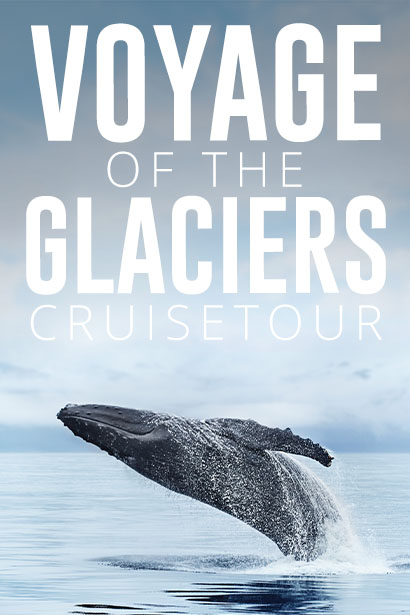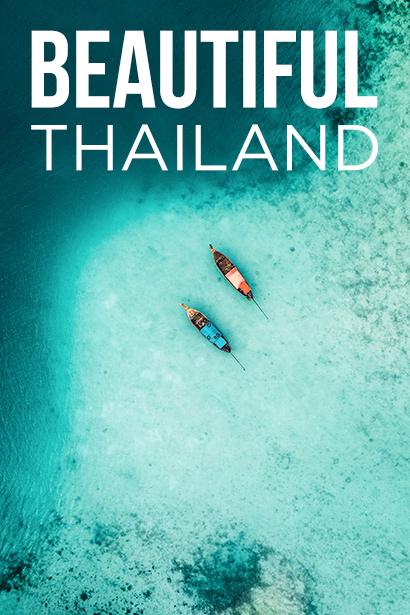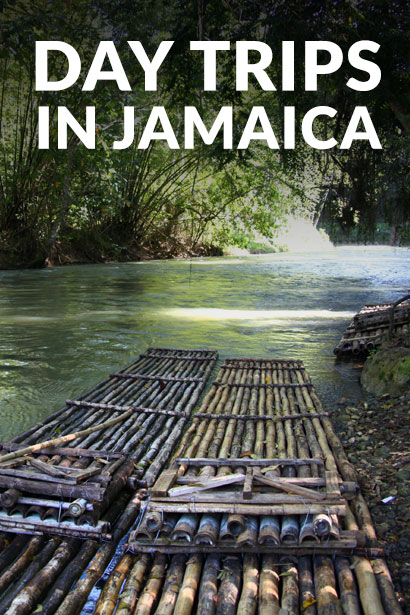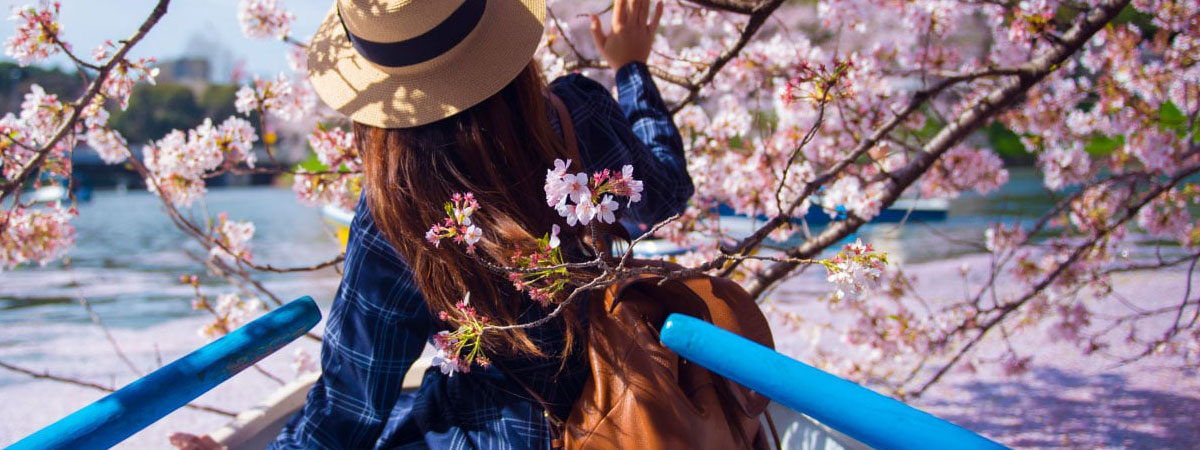
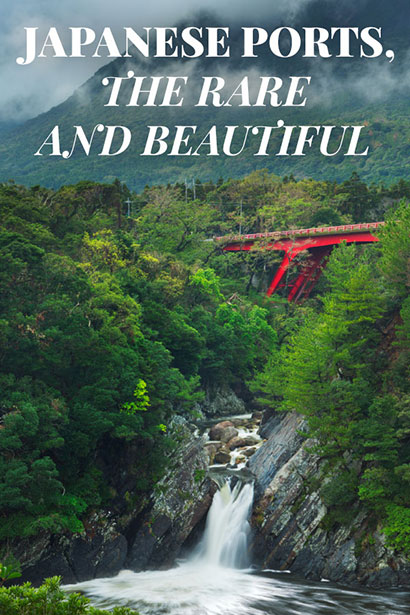
Japanese Ports — the Rare and Beautiful
Now, big-name destinations undoubtedly provide experiences tried-and-true, but lesser-known places provide hidden rewards worth looking for. Finding them is as simple as diversifying your travel itinerary beyond the marquee draw and picking a destination ripe for discovery. For the latter point, few countries pack as much payday-per-port as Japan. Sure, you could vacation without ever leaving Tokyo — but you’d be missing out on the many sublime moments just off the beaten path. Here are our picks for Japan’s best hidden ports, and the rewards you can’t miss treasuring.
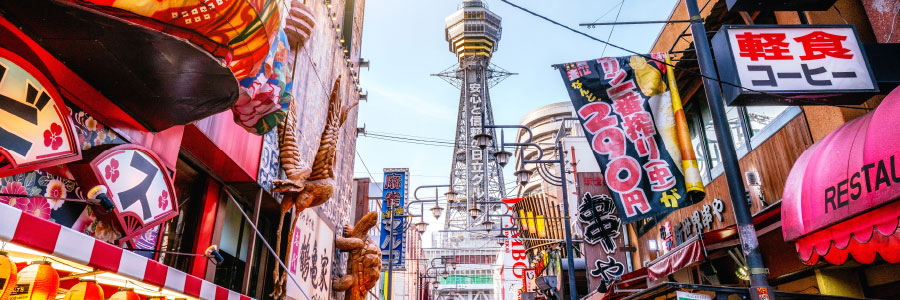
Shinsaibashi-suji Shopping District in Osaka
Osaka
Situated on the isle of Honshu, Osaka might at a glance seem no less bustling and major than Tokyo. You’re not wrong — Osaka is Japan’s second-largest metropolitan area, after all. But the streets themselves seem to exude a different personality than Tokyo — the neon lights shine a different hue, the pace is more akin to a skip than a rush.
There’s a playfulness to the city, no matter where you venture. During the day, there’s no shortage of window displays to catch your eye — especially in the Shinsaibashi-suji Shopping District. Spanning eight entire blocks, time flies when perusing the myriad of major department stores and small boutiques. Traditional kimonos are available only a stone’s throw from some of the trendiest fashion suppliers in the world. Beyond the south end of the covered corridor, the Dotonbori lights glow in the twilight, neon spotlights with a bevy of bars, shops and arcade halls situated underneath. This is Osaka at its liveliest.
Calmer, quieter experiences are present as well — if you know where to look. If the bright lights and jubilant cries emanating from arcades aren’t your idea of a good time, consider catching a show. Traditional Kabuki performances are a spectacle you won’t soon forget (or find outside of Japan); making an evening at the Shochikuza Theatre exceedingly worthwhile. If your trip doesn’t coincide with the only weeks-long run of shows, consider instead a visit to the National Bunraku Theater; traditional Japanese puppet theater tends to have more showings throughout the year while being just as memorable.
Finally, if Osaka’s energy leaves you feeling drained, then an onsen is in order. Onsens are traditionally Japanese hot springs and bathing houses, but as with all things Osaka, there’s a grander experience. Spa World is literally what the name implies — the world of spas, consolidated. One moment you can be soaking in a Japanese onsen, the next a Greek medicinal herbal bath, and then after that a Finnish sauna house. While this is a departure in tradition from Osaka’s other onsens, the level of luxury here guarantees that it’s a happy departure.
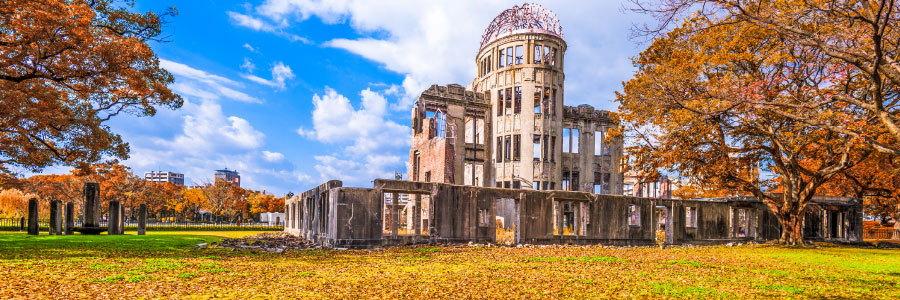
Atomic Bomb Dome at Hiroshima
Hiroshima
Hiroshima is a name instantly recognizable from the annals of history, often to the point of eclipsing any thought on what is present in Hiroshima today. Make no mistake: The weight of the world’s introduction to the atom bomb can certainly still be felt here, but only in remembrance.
Such a significant moment in human history demands reflection; and Hiroshima has offerings for any degree of history buff. Those looking for an in-depth dive into the impact should start with the Atomic Bomb Dome. Formally the Hiroshima Prefectural Industrial Promotion Hall, this dilapidated ruin (topped with the skeletal outline of a dome) was located almost directly underneath the mid-air explosion. Today, much of Hiroshima Peace Park has grown out around it — an apt flourishing of memorials and monuments mirroring the once-scarred blast radius. Some points — such as the Hiroshima Peace Memorial Museum — allow for deep dives into the context leading up to the fateful day. Others prove to be more forward-facing: The Peace Flame, Peace Bells, Gates of Peace and Phoenix Trees all combine to inspire humanity to cultivate a more harmonious future.
As central as that fateful moment is to life in Hiroshima, life demands balance: it helps to pair such a somber topic with elements of life that inspire, enchant ang give us hope. Hiroshima has a homegrown offering for just about any flavor of life’s joys: the Mazda Museum is a delight for any car aficionados, while the Maneki-Neko Museum is simply too kitschy for any cat lover to pass up. There’re over 50 brewers of sake situated in Hiroshima, so acquiring good spirits is as simple as ordering a local bottle with your meal. Or, for a breath of fresh air, consider a quiet walk through Shukkeien — this historic garden feels like a painted masterpiece brought to life. Suffice to say, however you spend your time in Hiroshima, you’ll leave with a greater appreciation for your time to spend.
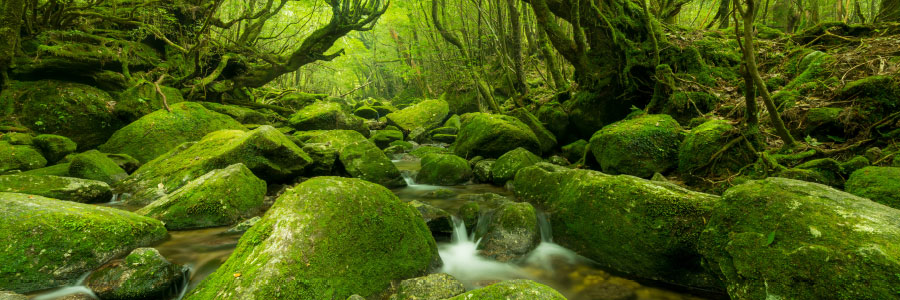
Yuskishma forest
Yakushima
Yakushima is slower — quieter — than the aforementioned ports, but that barely touches on its appeal. Located on Yaku Island, this sliver of land feels like the setting of an enchanted fairy tale … and it is: This designated UNESCO World Heritage site was the inspiration for the setting of Hayao Miyazaki’s film “Princess Mononoke. With every square inch of the forest radiating a serenity bordering on supernatural, Yakushima is a gold mine of experience for any and every level of nature lover.
Nestled within this ancient forest are a smattering of sights worth witnessing. If you visit between May and July, a stop at Nagata Inakahama is in order. This stretch of beach is a popular nesting spot for sea turtles — a unique showing of the miracle of life that’s increasingly elusive today. Further inland are the fabled Yakusugi — ancient cedar trees named after the island. While the average life span of a Japanese cedar may be 500 years, the unique variables of the island allow these trees to enjoy well over 1,000 trips around the sun and counting. The oldest of the bunch is Jomon Sugi, a tree found on the highest peak of Yakushima and believed to be somewhere between 2,170 and 7,200 years old. Witnessing a living organism older than the modern calendar is a moment that electrifies the spirit, but as with all of Japan’s lesser-known treasures, you’ll have to seek it out to find it.
Are you captivated by the regional history, beauty and culture that Japan has to offer? Give one of our travel agents a call to learn more.
